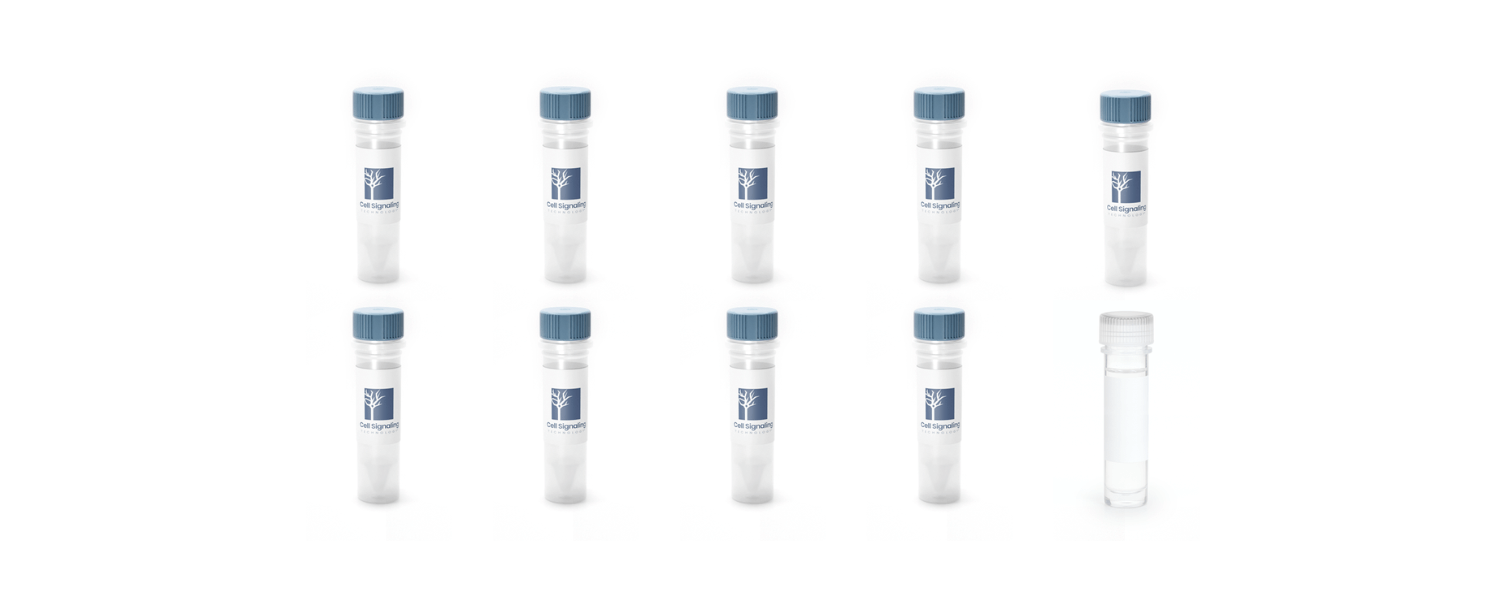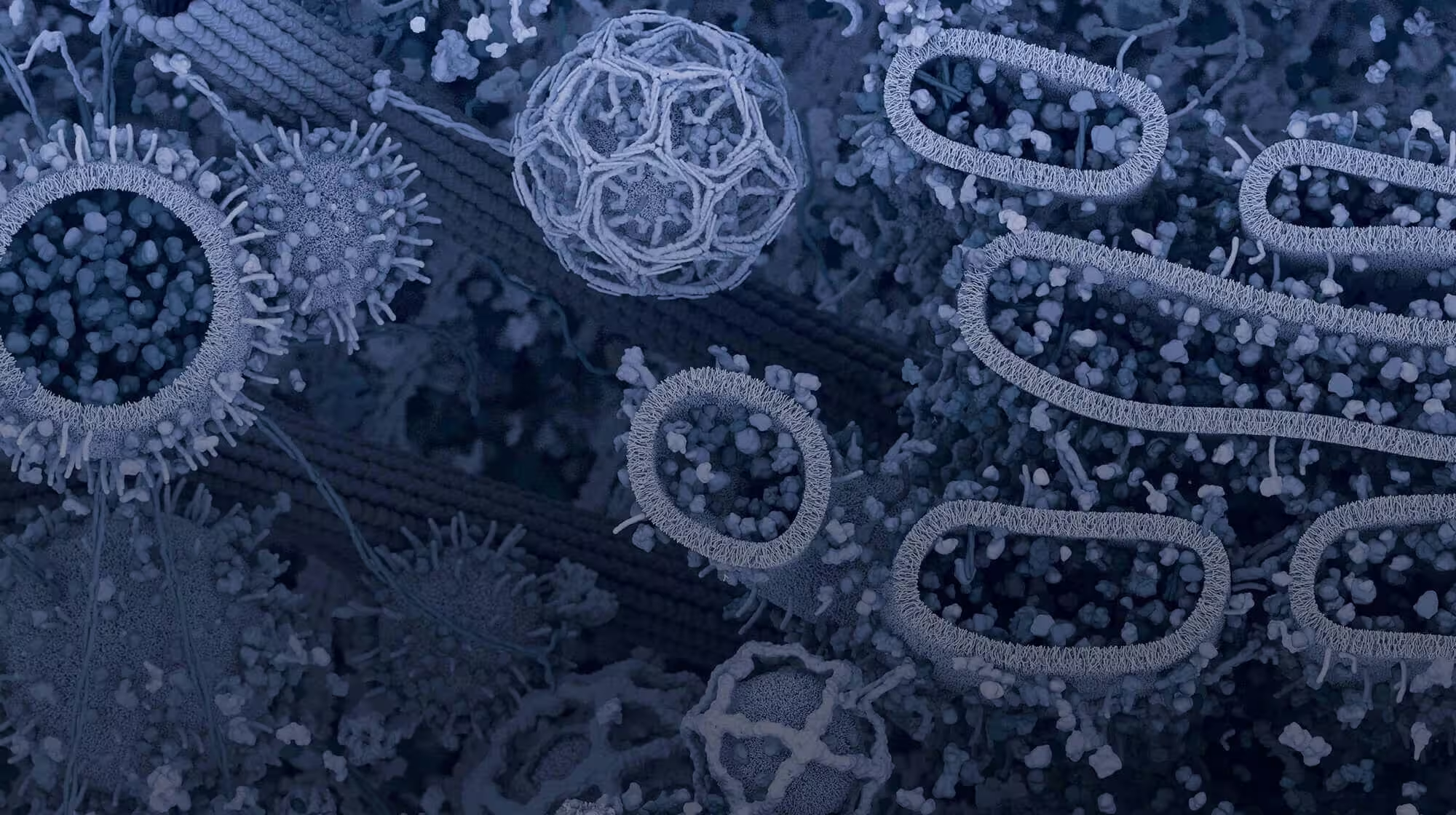To what extent does mRNA dictate cellular protein levels? It depends. For decades, scientists have used the central dogma’s intrinsic link between DNA, RNA, and protein to infer protein expression levels based on transcriptomic data—and vice versa. However, it's always been known that this correlation is imperfect, and technological advances are increasingly demonstrating just how tenuous the link can be.
Leveraging next-generation sequencing (NGS) and mass spectrometry (MS) instrumentation, researchers can now achieve nearly complete genome sequencing, transcript quantification, and protein profiling—if provided enough bulk input material. In fact, multiple studies have employed simultaneous detection and quantification in matched bulk samples and have found that the correlation between mRNA and protein can vary significantly across different biological systems and cell types.1,2,3
The reason lies in the complex layers of control that influence mRNA and protein levels. Processes affecting mRNA expression, stability, and function include the regulation of chromatin structure, condensate formation, mRNA modifications, changes in the localization and activation of transcription factors, DNA modifications, mRNA-protein interactions, and RNA interference (RNAi) pathways. At the protein level, additional regulation takes place through translation control, protein degradation pathways, and a variety of post-translational modifications (PTMs).
Given this, it’s not surprising that mRNA and protein levels do not always correlate. However, determining differences at the single cell level has, up until recently, been out of reach.
Better Together: Combining scRNA-Seq & Single Cell Proteomic Data
Just as single cell RNA sequencing techniques have been instrumental in mapping cellular diversity, they are simultaneously helping to expose the complex relationship between the transcriptome and proteome at the single cell level.
For example, technologies such as CITE-seq have shown that low-abundance transcripts for cell surface proteins are not a reliable readout of protein expression. Using barcoded antibodies, CITE-seq can measure both mRNA levels and the expression of surface proteins in a single cell. However, because antibodies can’t penetrate cell membranes, CITE-seq and similar assays are unable to detect mRNA and intracellular proteins at the same time.
Blog: Why is combining single cell RNA and intracellular signaling data difficult?
Now, a new method is enabling researchers to simultaneously quantify mRNA, surface proteins, intracellular proteins, and PTMs within the same single cell experiment. Using reverse transcription-based scRNA sequencing on the 10x Genomics Chromium gene expression platform, the InTraSeq™ assay allows researchers to achieve a more comprehensive understanding of cellular states and signaling events than RNA detection alone.
First Insights: What can we learn about signaling at the single cell level?
The following examples summarize early research by CST scientists into instances where differences in mRNA vs protein levels may be the most biologically meaningful and could potentially yield future therapeutic insights.
Immune Cell Localization
In a recent analysis of peripheral blood mononuclear cells (PBMCs) using the InTraSeq assay, CST scientists found that standard cell-type markers were often detected more robustly at the protein level than at the transcript level. Figure 1 shows how the detection of CD19, CD8, and CD4 protein and transcript levels demonstrate distinct patterns within PBMC subpopulations.
 Figure 1. Protein and mRNA quantification of CD19, CD8, and CD4 cell type markers in PBMCs using the InTraSeq technology.
Figure 1. Protein and mRNA quantification of CD19, CD8, and CD4 cell type markers in PBMCs using the InTraSeq technology.
In this analysis, CD4 showed different localization patterns when compared to the RNA analysis. Conversely, RNA and protein levels for CD8, a marker for cytotoxic T cells, and CD19, a B cell marker, were more consistent. Taken together, these findings demonstrate how mRNA-protein correlations can vary across cell types, and that protein markers can provide a more complete picture of cellular heterogeneity than RNA analyses alone.
Transcription Factor Expression
Transcription factors are another important class of proteins that can be more robustly detected at the protein level. For example, when sub-clustering CD8+ T cells based on gene expression, the protein level of TBX21 (or T-Bet), an important transcription factor that drives Th1 T-cell lineage development, was much more clearly associated with the subpopulation of memory/effector T cells than its mRNA levels, as shown in Figure 2.
 Figure 2. Analysis of isolated CD8+ cells using InTraSeq intracellular antibodies to identify the transcription factor TBX21 expression using protein or transcript readouts. The top left figure shows the FeaturePlot for TBX21 RNA, and the top right figure displays the FeaturePlot for T-bet/TBX21 (D6N8B) XP® Rabbit mAb (InTraSeq™ 3' Conjugate 3009) #57412 protein expression. The bottom Uniform Manifold Approximation and Projection (UMAP) shows the annotated CD8+ clusters.
Figure 2. Analysis of isolated CD8+ cells using InTraSeq intracellular antibodies to identify the transcription factor TBX21 expression using protein or transcript readouts. The top left figure shows the FeaturePlot for TBX21 RNA, and the top right figure displays the FeaturePlot for T-bet/TBX21 (D6N8B) XP® Rabbit mAb (InTraSeq™ 3' Conjugate 3009) #57412 protein expression. The bottom Uniform Manifold Approximation and Projection (UMAP) shows the annotated CD8+ clusters.
These findings suggest that regulatory processes post-transcriptionally affect how much TBX21 protein is produced in CD8+ memory/effector-like T cells—an insight that could have been missed if measuring the RNA transcript alone. With access to protein data at the single cell level, researchers can identify mRNA markers that best correlate with the protein levels of transcription factors like TBX21, potentially revealing genes under their regulatory control and providing deeper insights into immune cell differentiation and function.
Single Cell Signaling & PTMs
The InTraSeq assay can also reveal cases where mRNA and protein levels are particularly poorly correlated. For example, when comparing matched mRNA levels with InTraSeq-based protein and PTM quantification, CST scientists found that Phospho-S6 Ribosomal Protein (Ser235/236) and Phospho-CREB (Ser133) are poorly correlated with their mRNA levels.
Figure 3. Correlation between mRNA and different protein types and PTMs within the IntraSeq data.
A closer analysis can reveal key differences in expression levels of post-translational modifications on proteins. For example, STAT3 mRNA was sparsely and diffusely detected across CD4+ T-cell clusters, but its phosphorylated forms (STAT3 Y705 and STAT3 S727) showed distinct expression patterns, as shown in Figure 4.

Figure 4. Relative levels of STAT3 mRNA, STAT3 Y705 phosphorylation, and STAT3 S727 phosphorylation across CD4+ T cells.
Understanding Cellular Regulation: mRNA Levels ≠ Protein Expression
What can we learn by analyzing mRNA and protein levels simultaneously? This InTraSeq PBMC dataset highlights the power and utility of simultaneously analyzing mRNA, protein, and PTMs at the single cell level. Measuring protein levels using InTraSeq not only increases sensitivity but also uncovers biological insights about cellular subpopulations, activation pathways, and post-translational modifications that cannot be obtained from transcriptomic analysis alone.
This technique has the potential to drive new insights into dynamic and heterogeneous processes, such as tracking treatment response over time. With more robust data about intracellular signaling events—and particularly the role of PTMs in transcriptional reprogramming—this technology could change our understanding of cellular differentiation and regulatory networks.
Learn more about the InTraSeq technology:
Select References
- Upadhya SR, Ryan CJ. Experimental reproducibility limits the correlation between mRNA and protein abundances in tumor proteomic profiles. Cell Rep Methods. 2022;2(9):100288. Published 2022 Sep 8. doi:10.1016/j.crmeth.2022.100288
- Tasaki, S., Xu, J., Avey, D. R., Johnson, L., Petyuk, V. A., Dawe, R. J., Bennett, D. A., Wang, Y., & Gaiteri, C. (2022). Inferring protein expression changes from mRNA in Alzheimer’s dementia using deep neural networks. Nature Communications, 13(1), 1-15. https://doi.org/10.1038/s41467-022-28280-1
- Liu Y, Beyer A, Aebersold R. On the Dependency of Cellular Protein Levels on mRNA Abundance. Cell. 2016;165(3):535-550. doi:10.1016/j.cell.2016.03.014




/42157_chimeric%20antibody%20blog%20featured3.webp)


